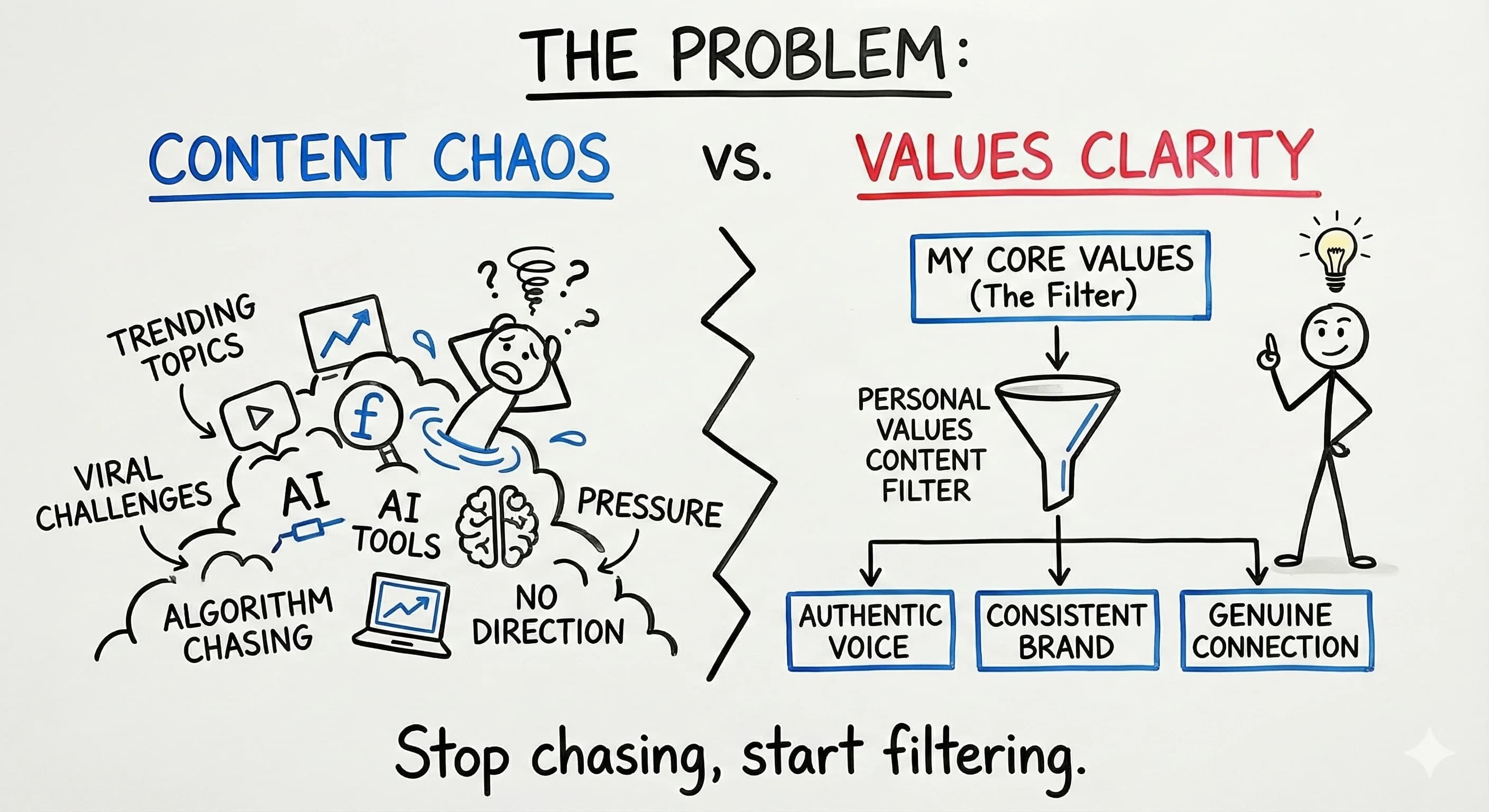The Personal Values Content Filter: Your Secret Weapon for Authentic Brand Creation
Transform content chaos into brand clarity with values-based filtering. Learn how content creators use personal values to create authentic, engaging content.
•5 min read
Details

Loading content...

